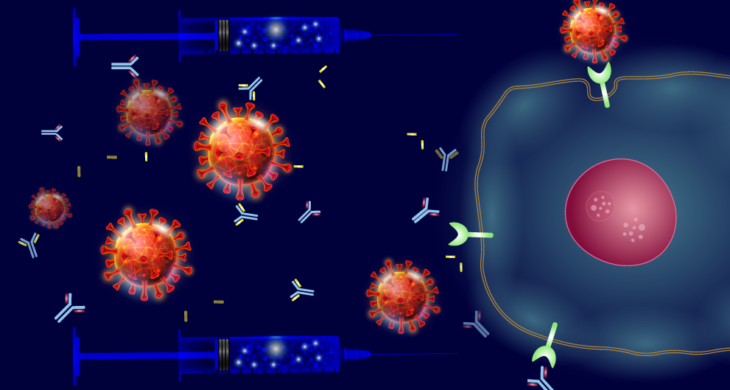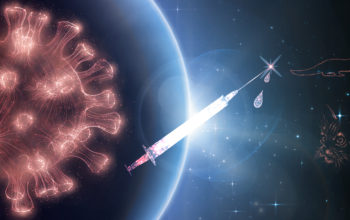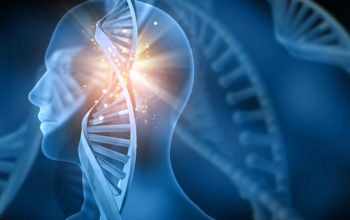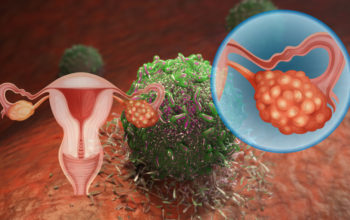
Date: 8th May 2020
Scientists around the world are working tirelessly to develop vaccines and treatments for COVID-19. With economies suffering under the weight of lockdown, and governments under intense pressure to ease restrictions, vaccines are seen as a crucial element in the battle towards freedom. The last few weeks have seen several advances in the race towards achieving this, albeit early days.
The University of Oxford
With Oxford University, UK, starting their large clinical trial a few weeks ago, and announcing an agreement with AstraZeneca, UK, for the further development, large-scale manufacture and potential distribution of the COVID-19 vaccine candidate, the development team from the Jenner Institute in collaboration with the Oxford Vaccine Group, seem well placed to lead the way if indeed the vaccine works as well in humans as it appears to do in rhesus macaques.
The Oxford scientists say a million doses of their experimental Covid-19 vaccine, ChAdOx1 nCoV-19, could be ready as early as September. The vaccine is based on an adenovirus vector – a very well-studied and safe vaccine type – and is hoped to be able to generate a strong immune response from one dose. As it is not a replicating virus it should also be safe to use on the oldest and the youngest members of the population. The Oxford vaccine contains the genetic sequence of the surface spike protein inside the ChAdOx1 construct; production of the virus protein inside the body then elicits an immune response.
However, whilst there is much hope resting on this trial, it is just one of over 90 vaccines currently being developed globally.
Pfizer and BioNTech
Yesterday saw the announcement that Pfizer Inc., US, and BioNTech SE, Germany, have dosed their first US participants in the Phase 1/2 clinical trial for a vaccine program to prevent COVID-19. Dosing of the first cohort in Germany was completed last week. The study is designed to determine the safety, immunogenicity and optimal dose level of four mRNA vaccine candidates, each representing a different combination of mRNA format and target antigen.
Interestingly here, if this proves successful and an mRNA vaccine was to be approved for COVID-19 it would represent a first-in-class. Currently no such type of vaccine has been approved for an infectious disease. Mechanistically, in a broadly similar modus operandi to adenoviral therapies, rather than invoking an immune response directly by introducing small or inactivated doses of the whole disease-causing organism, or viral protein epitopes – as is the traditional approach – mRNA vaccines work by stimulating the host to produce viral proteins. The result in both cases is that an immune response is invoked which then ‘primes’ the systems for future attacks. Whilst, mRNA vaccines represent a more ‘experimental’ approach – with still many unknowns – they are potentially more potent and straightforward to produce than traditional vaccines, meaning scaling up production may be far easier.

Llama vaccines
Earlier this week, researchers from the University of Texas at Austin, the National Institutes of Health, US, and Ghent University, Belgium, published their finding of neutralising antibodies for COVID-19 developed in llamas. The work was published in the journal Cell.
When llamas’ immune systems detect foreign invaders such as bacteria and viruses, they (and other camelids) produce two types of antibodies: one that is similar to human antibodies and another that’s only a fraction of the size. These smaller ones, called single-domain antibodies (VHH) or nanobodies, can be nebulised and used in an inhaler. This is especially useful for fighting infections that target the lungs as is the case with COVID-19.
The team had started their work in 2016, studying the coronaviruses SARS-Cov-1 and MERS-CoV. But with the current pandemic they found their work could potentially translate into a possible vaccine for the current SARS-Cov-2 – if the antibodies could cross-react.
Now, the team here reported the isolation of two potent neutralising nanobodies directed against the spike proteins of SARS-CoV-1 and MERS-CoV. However, the SARS-CoV-1 nanobody could also cross-react with SARS-Cov-2. By further engineering a bivalent version of the nanobody (the SARS-CoV-1 VHH genetically fused to a Fc domain of human IgG1) they found the new antibody could effectively neutralise SARS-CoV-2 pseudoviruses.
With nanobodies being stable after long periods of storage, and able to be produced at high yields in an industry-standard CHO cell system, these make for an attractive therapeutic. Whilst, this is early days for the llama antibodies and there are still many tests to follow, the work suggests that it warrants further investigation in the hope it may prove fruitful in the search for COVID-19 treatments.
Human monoclonal antibody
Researchers at Utrecht University, Erasmus Medical Center and Harbour BioMed have reported this week that they have identified a human monoclonal antibody that prevents the SARS-CoV-2 virus from infecting cultured cells.
Published in Nature Communications, it is the first report of a human monoclonal antibody that can neutralise SARS-CoV-2, and once again targets the spike proteins of the virus. It is hoped that this antibody will be used in a multitude of applications, from antigen detection tests and serological assays to a potential vaccine either as part of a treatment regime on infected patients or as a preventative vaccination.
The team are expecting to advance development of the antibody with currently undisclosed partners.

Twist Bioscience
Twist Bioscience Corporation have also this week reported it has identified competitive antibodies to SARS-CoV-2.
Using their proprietary synthetic antibody discovery libraries – each containing more than 10 billion antibody sequences – the team have identified key competitive monoclonal antibodies with potent biological activity. They are currently pursuing two series of antibodies, ones that bind to the spike proteins of the virus and others that bind to the extracellular domain of the entry receptor (ACE2) which is expressed on the human cells.
The team are currently refining and optimising the antibody leads, with a view to functionally testing candidates in vitro. The aim to develop the most promising into preclinical trials, in collaboration with a future partner.
Conclusions:
For Covid-19, a vaccine is of paramount importance. With no approved treatments, and herd immunity uncertain, our hopes currently rest on social distancing, COVID-19 tracing and testing. We are in effect in a form of limbo – waiting for those all-important therapeutics to be developed, trialled and approved.
So whilst there are many endeavouring to win the coveted first place in the race towards first-approved vaccine, this can only be a positive step forward. With so many different types of vaccines in the pipeline it only makes it more probable that we will find one or, hopefully, a number that work. For now at least the race is on…


